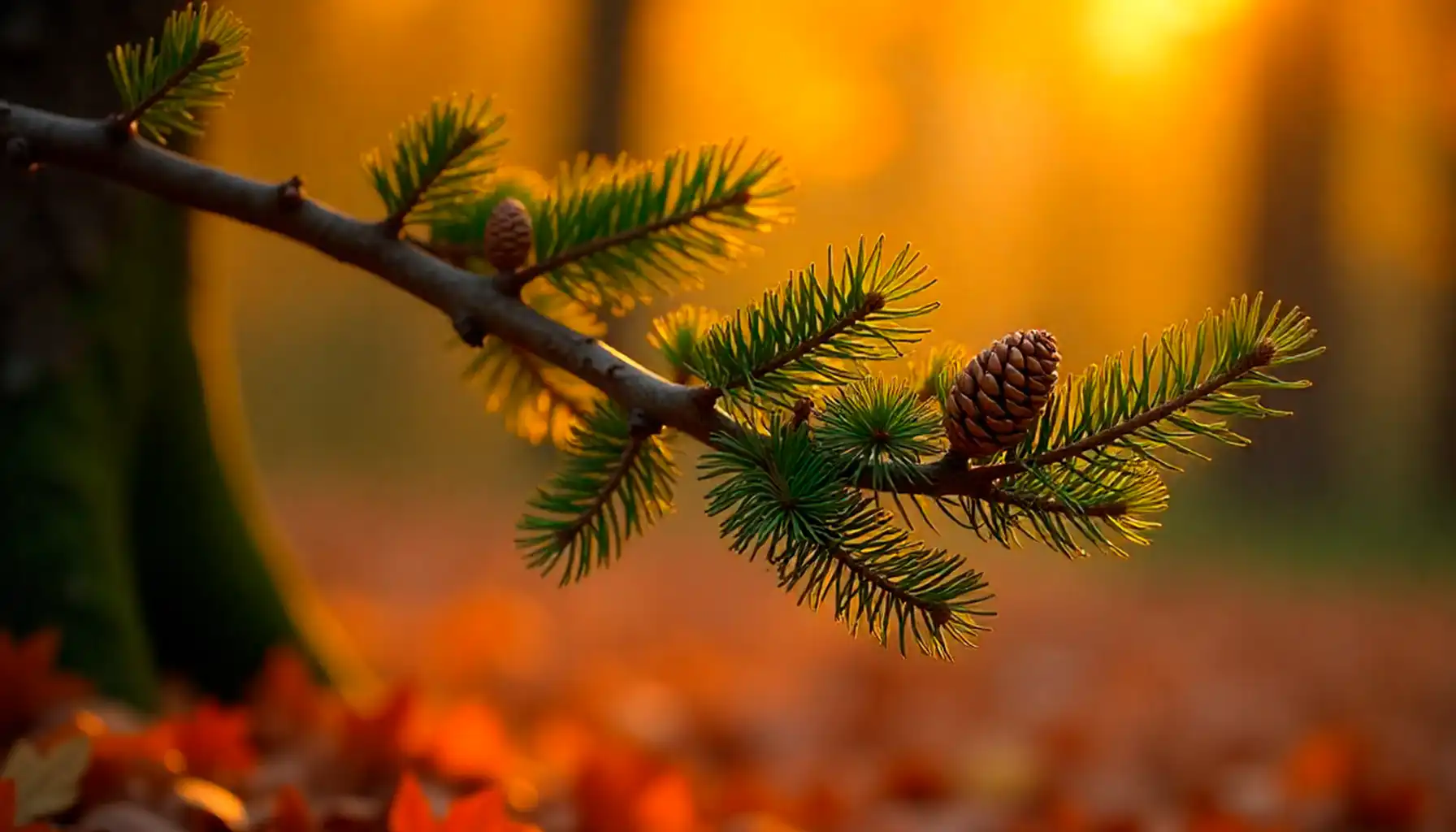Aesthetic appeal is one of the first reasons why some people might want to create a vibrant, thriving garden, be it of an open-air nature or indoor arrangement. In the diverse world of greenery, one may get overwhelmed when striving to find a suitable option for their yards. But what should they do then?
Nevertheless, for the convenience of natural lovers, there can be identified a group of ornamental plants, united by their decorative attributes. So, what is an ornamental plant? What do they usually include and how to incorporate them into the garden of your dreams with a plant finder app?
What Do Ornamental Plants Mean?
First of all, what are ornamental plants? In general, what we consider ornamental plants refers to natural creations primarily cultivated for aesthetic appeal rather than for food, medicine, or other utilitarian purposes. The instances include all types of plants, i.e., trees, shrubs, herbs, flowers, etc., and they may be further categorized as houseplants (those kept indoors), foliage plants, hedges, and cut flowers.
The most prominent feature of any ornamental plant is its visual beauty which should bring vibrant colors, unique shapes, and new textures to the surrounding areas. Nevertheless, their benefits are not necessarily limited to exquisiteness only. How so?
The Main Benefits of Ornamental Plants
Although the name of these plants suggests that their major advantage lies in aesthetic enhancement, i.e., the creation of an attractive environment that is pleasing to the eye, their power surely spreads far and beyond common expectations. In fact, ornamental floral creations may offer numerous benefits, some of which are not really obvious yet vital.
Air Quality Improvement: What any plant may do is facilitate air circulation and purify it by absorbing pollutants, releasing oxygen, and controlling the level of humidity. This is how the place where these floral instances are positioned gets more comfortable and healthier for a human and pets to live in.
Biodiversity Support: Ornamental plants, most of which produce fragrant flowers, efficiently support local ecosystems, for they can provide shade, thus preserving moisture when needed, and attract birds, insects, and small animals that cannot but serve as pollinators and create a fine environment in the end.
Companion Planting: Sometimes, it is ornamental plants that act as companions for other natural creations to promote proper growth and development and establish mutually beneficial relationships between garden inhabitants. However, it is important to select an appropriate plant for such a collaboration so as not to ruin the ecosystem but to support it instead.
Which Plants Belong to the Ornamental Group?
As such, ornamental plants may be divided into various groups with both botanical and non-botanical classifications taken into consideration. Let us stick to what plant science suggests and take a quick look at the most prominent floral examples within each category.
Ornamental Trees
Trees of ornamental nature are magnificent, sweetly scented plants that can enhance landscapes, form natural fences, and add powerful tones to the surroundings. These include Frangipani, Eastern Redbud, Flowering Plum Tree, Dogwood, and more, popular for the striking flower clusters that accentuate your garden and make it lovely.
Ornamental Shrubs
The most widespread type of ornamental plants refers to shrubs, as they can serve as hedges, borders, visual accents, or independent sightseeing. What type of ornamental plant can you think of in an instant? We bet it is roses, those captivating creations of peculiar forms, pleasant colors, and wild texture. Among other respective shrubs, one may note Hydrangea, Boxwood, Rhododendron, Lilac, and so on. Amusing and romantic for all.
Ornamental Succulents
Nowadays, most plant lovers aspire to incorporate succulents into their indoor environments and design small, adorable gardens of resilient plants out of this world. Though ornamental succulents may not frequently require special care, it is still vital to maintain suitable conditions and pay attention to what they may need, e.g., full sun exposure, rare watering sessions, and relatively high temperatures with little to no fluctuations.
Ornamental Herbs
Barely do people pay attention to the herbs planted in the gardens. However, these play a crucial role in supporting the foundations of the ecosystem. Essentially, they cover the ground which alludes to the rich carpets from afar.
While other kinds of vegetation are a bit more transparent, one may wonder “What is the best time to plant ornamental grasses?” We recommend that you start a new cycle with a burst of energy in spring to let the grasses grow well and accommodate.
Genetically Modified Ornamental Plants
What is interesting is that biotechnologies offer a new perspective that uncovers newly emerging plant species of decorative value. Even though they cannot comprise a separate botanical group, it is still worth mentioning here. Scientists make attempts to derive non-trivial colors, forms, and resistance. Examples of genetically modified ornamental plants embrace Carnation, enhanced Chrysanthemum, etc.
How to Choose an Appropriate Ornamental Plant for Your Garden?
The selection of ornamental plants is particularly difficult, for one should ponder diverse factors, including environmental conditions, gardening opportunities, climate, and personal preferences in the first place. These days, the majority of gardeners opt for digital tools that can be quickly installed on their phones and used on-site with ease.
The app, which has been rapidly gaining popularity, is AI Plant Finder, a young yet promising software for plant management at all levels. Should you will to explore new plants, cultivate some particular species, or simply behold the flora with deep appreciation, AI Plant Finder may grant a convenient platform for collaboration, activity tracking, and plant control, namely:
- Plant and Disease ID: The app offers quick and accurate plant and disease identification with no additional tools required. All you need is a smartphone with a camera, an app, and curiosity. To try this feature in practice, access the app, tap on the Camera icon, follow the prompts to take high-quality pictures, and wait for the system to analyze them and deliver the most relevant results possible.
- Plant Care Reminders: Worried about missing essential procedures? AI Plant Finder may help you here, too. Set up notifications for each plant in your garden, specify what they need, and let the app send you reminders on time. Besides, you can always rely on the recommendation hidden on the main screen.
- Illuminance Meter and Water Calculator: To detect how much light and water your plants require, open the AI Plant Finder app and type in all the necessary data to calculate what your floral attractions need, what they get in fact, and how to address any problem that might occur in future.
…and more to try!
Ornamental plants comprise a large group of natural creations that offer the most aesthetically pleasing experience for those who enjoy plant cultivation. Nevertheless, ornamentals do require specific environmental conditions and proper preparation. So, make your choice wisely and select an appropriate plant for your abilities, for your soul.
AI Plant Finder Related Posts:







